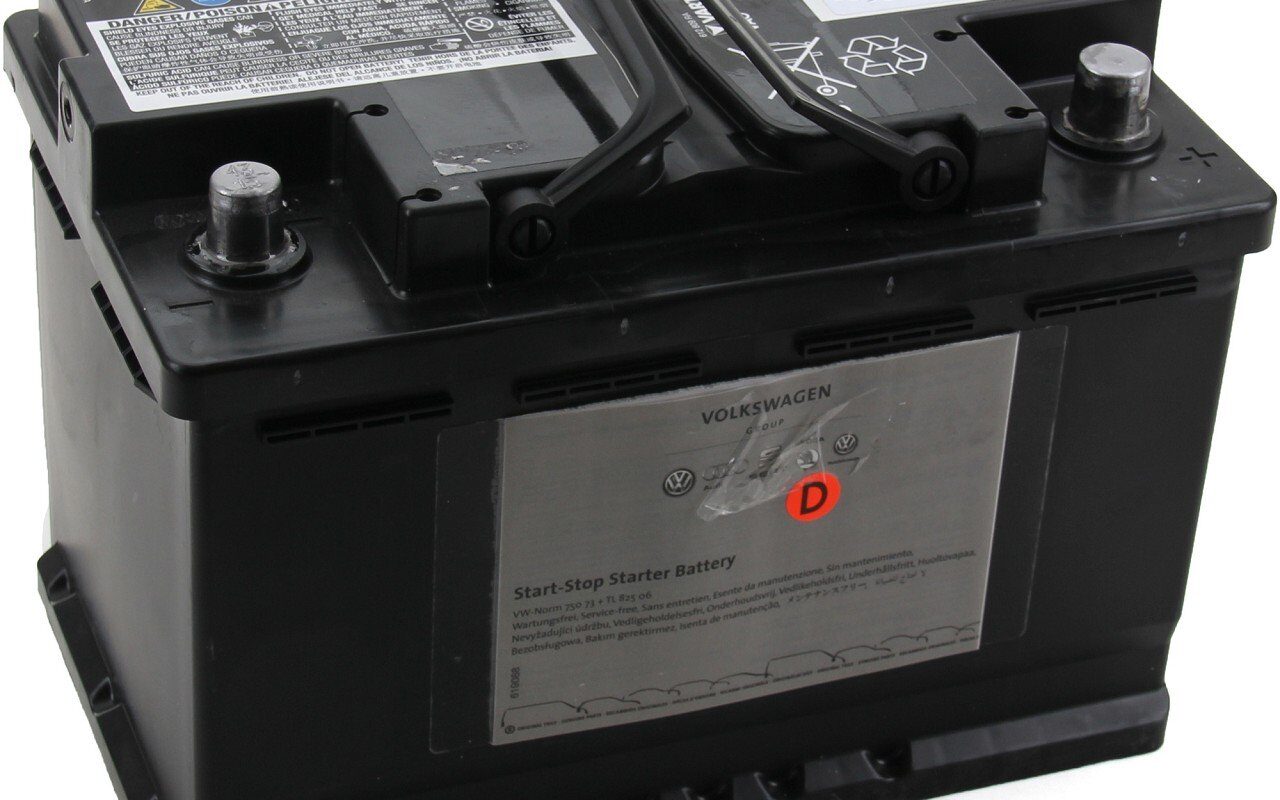Chemistry of a Lead Acid Battery
At the core of any lead acid battery are two electrodes made of lead – a lead oxide electrode (positive electrode) and a spongy lead electrode (negative electrode) which are immersed in an electrolyte solution of diluted sulfuric acid. During discharge, the lead oxide electrode is reduced to lead sulfate and hydrogen ions are released into the electrolyte solution. Simultaneously, the spongy lead electrode is oxidized to lead sulfate. The movement of these ions between the electrodes results in the flow of current that can be utilized externally.
During charging, an external power source forces the reverse chemical reactions to occur with lead sulfate converting back to lead oxide and spongy lead at the respective electrodes while replenishing the hydrogen ions in the electrolyte. This restoration of the original chemical state allows the battery to be re-used multiple times through repetitive charge-discharge cycles.
Advantages and Applications
Affordability and reliability have ensured lead acid batteries continue finding applications even as new battery chemistries emerge. Some key advantages and applications include:
– Cost effectiveness: Being one of the earliest battery types, lead acid batteries offer enormous economies of scale making them 30-50% cheaper than comparable liquid lithium-ion or nickel-metal hydride batteries.
– Peak power delivery: Lead acid batteries can supply high surge currents equivalent to 5-10 times thebattery’s maximum rated capacity for applications requiring brief periods of heavy loads like engine starting.
– Cycling endurance: While other battery chemistries offer better lifetime, a properly maintained lead acid battery can endure over 500 charge-discharge cycles during its 3-5 year lifespan.
– Automotive starting, lighting and ignition: Over 95% of the world’s vehicles still rely on lead acid batteries for starting their internal combustion engines.
– UPS systems: Being rugged and tolerant to overcharge, they enable uninterruptible power supplies to ride through utility power outages and offer reliable backup power.
– Forklifts: Their high electrochemical efficiency at partial state of charge, wide operating temperatures and deep discharge recovery make them suited for forklift applications.
– Renewable energy storage: Used in off-grid solar and wind power installations for energy time-shifting applications due to their energy density and capacity.
Technology Advancements
Constant efforts are underway to improve the performance of Lead Acid Battery through material and design enhancements:
– Thinner lead plates: Lead grids are manufactured with thinner strands and walls to increase the active material area and deliver higher power density.
– Absorbed glass mat (AGM) separators: The use of a microporous membrane between the lead plates prevents electrolyte sloshing and allows vertical or horizontal mounting increasing design flexibility.
– Gel batteries: Thick immobilization of the electrolyte solution into a gel eliminates spills and enhances vibration resistance at the cost of power density.
– Carbon additives: Addition of conductive carbon agents into the paste improves electrical conductivity and charge acceptance rates for better performance in high-drain applications.
– Battery management systems: Onboard monitors precisely control voltage levels during charge and prevent over-discharge to optimize battery life.
Challenges and the Road Ahead
While lead acid batteries continue improving, depletion of global lead reserves and increasing environmental regulations around lead usage pose challenges. Some recent tech efforts aiming to address these include:
– Leadless batteries: Development of leadless rechargeable alternatives using other electrode materials like carbon, manganese or nickel. However, the chemistries are still in nascent stages.
– Recycling: Modern smelters recover over 99% of lead from used batteries making lead acid batteries one of the most recycled consumer products. Still, improvements can boost recovery rates further.
– Second-life applications: Using retired automotive batteries as energy storage for renewable power helps extend their usable lifetime before final recycling.
*Note:
1. Source: Coherent Market Insights, Public sources, Desk research
2. We have leveraged AI tools to mine information and compile it


